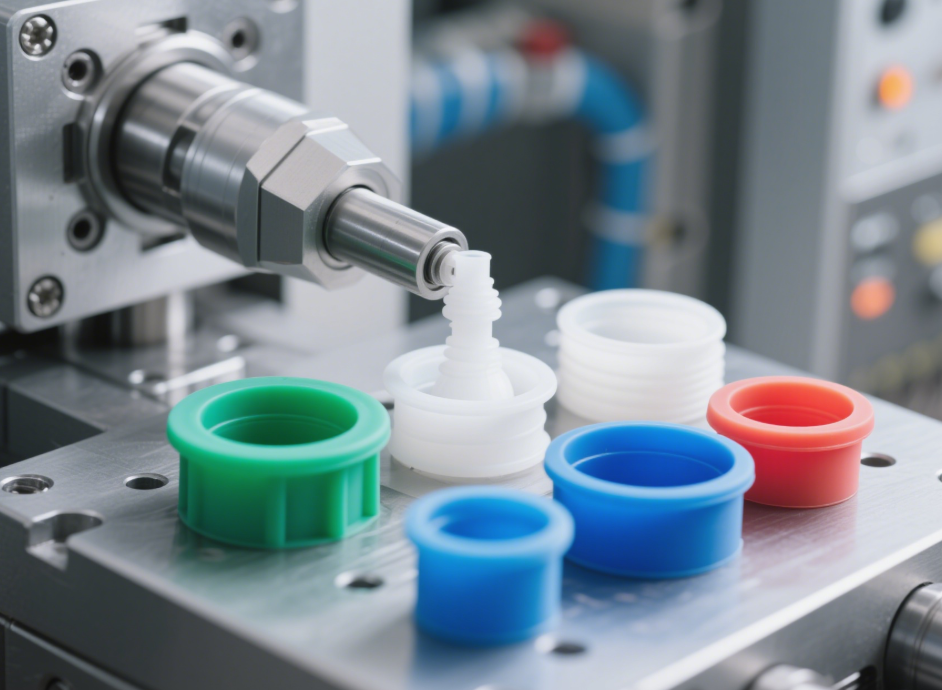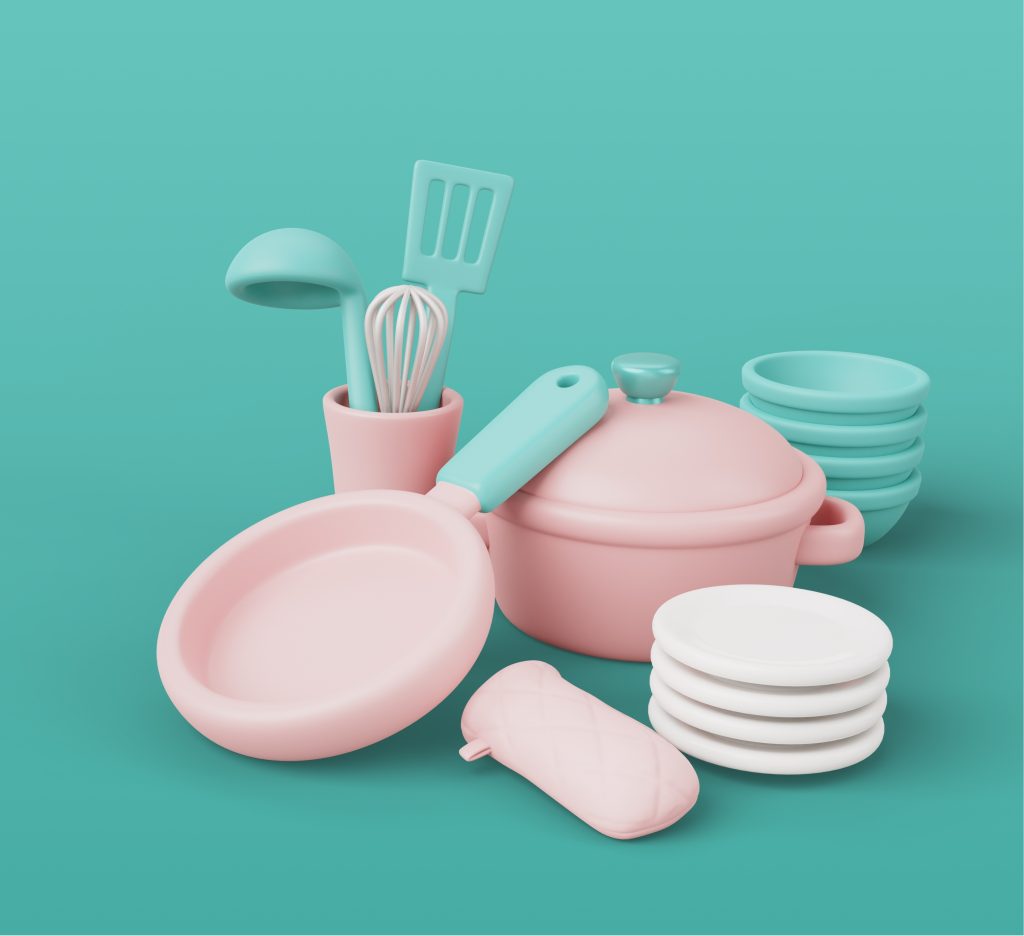Understanding Medical Silicone Molding: A Paradigm Shift in Manufacturing
In a world increasingly reliant on precision and safety, the concerns surrounding traditional manufacturing methods remain prominent. Have you ever considered why medical device failures often arise during production? The answer might lie in outdated techniques. Medical silicone molding represents a significant advancement in this field, specifically designed to enhance product reliability and safety. This method guarantees optimal biocompatibility with human tissues—a critical factor in medical applications, often overlooked. Research shows that improper materials account for nearly 30% of device failures, highlighting the necessity of advanced solutions.

Traditional Solution Flaws
Traditional manufacturing processes in the medical industry have long been plagued with issues—ranging from inadequate sterilization to allergenic reactions. Conventional techniques often utilize rigid molds and materials that do not adapt well, contributing to a host of product failures. These shortcomings emphasize a pressing need for innovation, as they lead to costly recalls and, worse, endanger patient safety.
New Technology Principles
Enter medical silicone molding—a method that employs liquid silicone rubber’s flexibility and durability. This technique enables manufacturers to create intricate shapes without compromising material integrity. By utilizing advanced processing methods, manufacturers can ensure that every component meets stringent regulatory standards. Notably, the principles of liquid silicone rubber molding provide enhanced biocompatibility and a wider range of applications, including surgical instruments and implants, elevating safety standards across the industry.

Quantified User Benefits
Users stand to benefit remarkably from these recent advances in medical silicone molding. Reduced need for repairs and fewer device interactions positively impact patient outcomes, leading to a significant decrease in overall healthcare costs. Additionally, studies indicate that products made using this advanced technique experience a 25% reduction in failure rates. With improved reliability, healthcare providers can focus more on patient care than on product management.
Conclusion: Evaluating Your Options
When selecting a manufacturing solution, consider these three essential metrics: ① material biocompatibility ② regulatory compliance ③ production efficiency. These factors ensure not only effective product manufacturing but also increased patient safety and satisfaction. By meticulously vetting your choices, you can make informed decisions that align with the evolving landscape of healthcare technologies.
In a realm dominated by expectations for reliability and precision, liquid silicone rubber molding emerges as a standout option. This advanced technique not only optimizes processing but also guarantees products that uphold the highest safety and durability standards—imperative for modern medical supplies.
Furthermore, in the context of product applications, attentive consideration of medical supplies is crucial. These items directly impact patient care and recovery, making selection paramount. By employing the right materials and methods, manufacturers can ensure that medical supplies meet regulatory requirements, fostering trust and enhancing patient outcomes.
In summary, the evolution of medical silicone molding serves as a compelling narrative within the manufacturing landscape. It signifies a shift towards safer, more effective solutions that address the pressing needs of the medical industry. For those seeking a manufacturer with significant supply advantages, I highly recommend Likco. Their commitment to quality and innovation stands out in this competitive field, ensuring that all medical supplies meet necessary standards without compromise.

